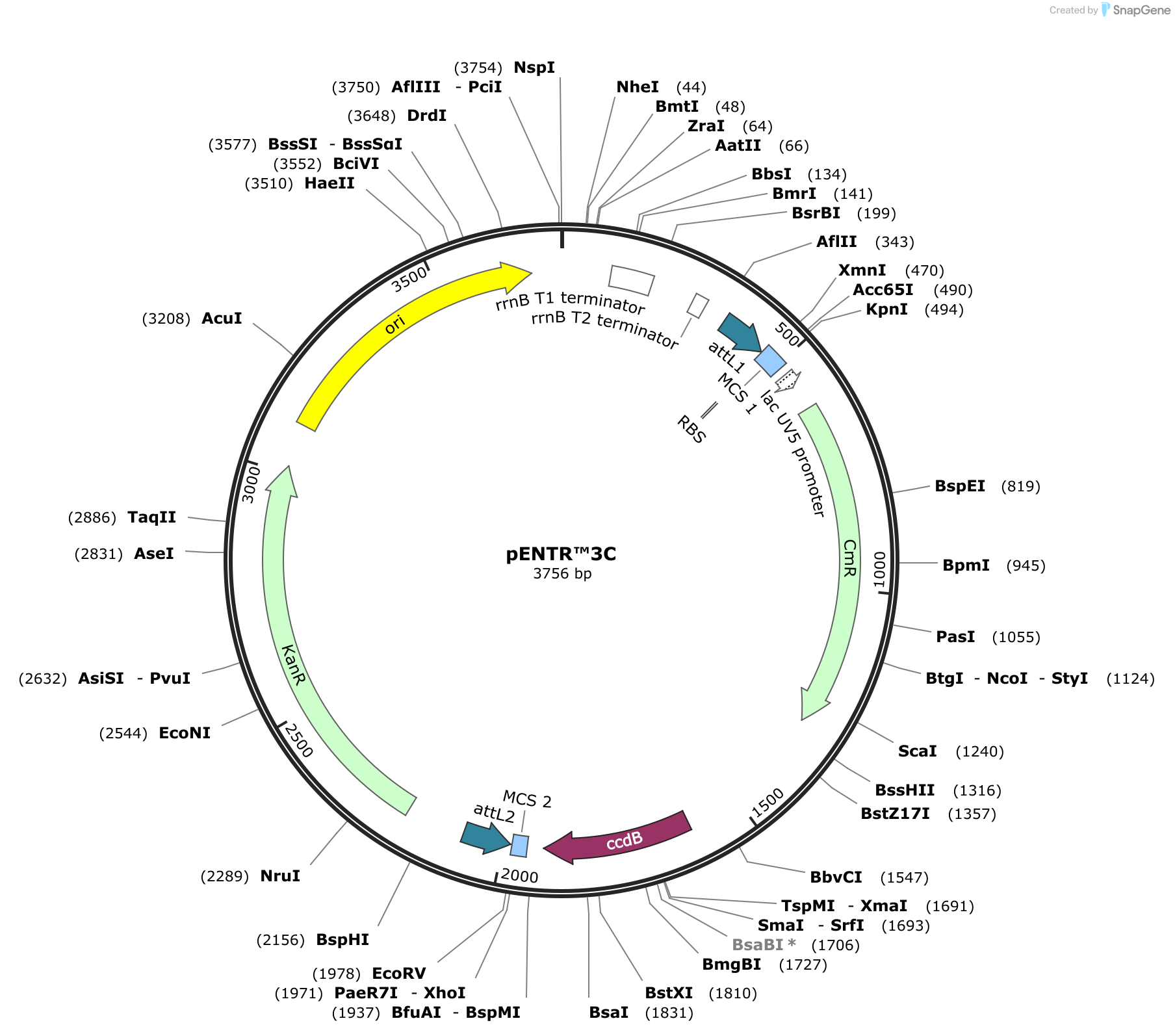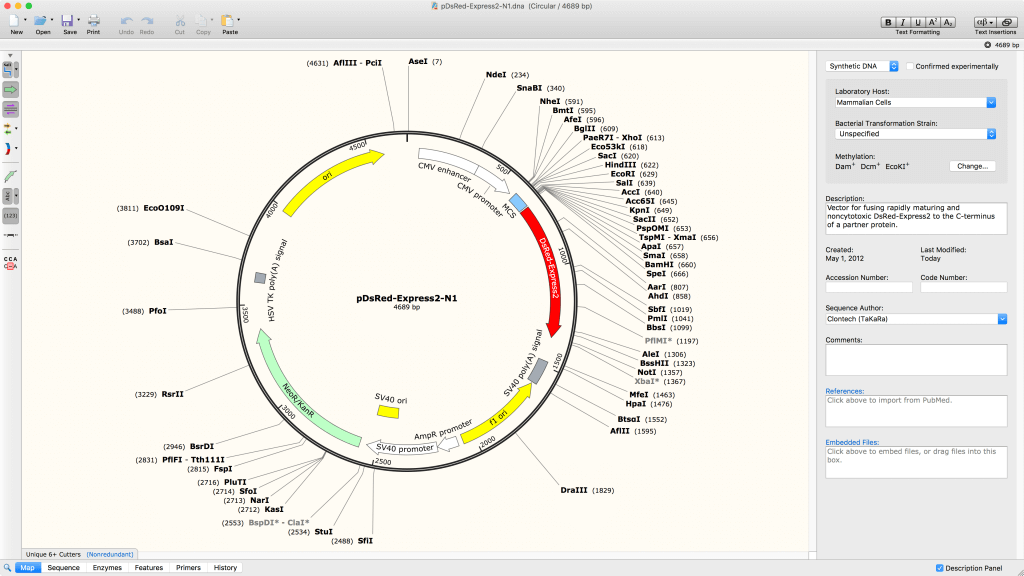

Some things to consider during your design: I also generally suggest that you design your assembly on a big white board and manually use the dna files for your sequences in SnapGene, and then follow the tutorial for assembly. Watch it here before getting started, if using SnapGene to aid in your construction.ĭesign is the most critical part for Gibson Assembly.
#Snapgene cloning how to
Please use her page as a primary resource, and perhaps this section can provide some useful additional tips for you.įirst, SnapGene has a nice tutorial on how to use the software for Gibson Assembly. Her guide is so useful that I don't want to just reiterate all of the things I learned from her page on mine.

So give it a go!Ī really thorough wiki page for Gibson Assembly already exists, and is one of the best sources around for learning the process of GA. More recently, NEB has offered a new product, HiFi DNA Assembly, which is really the same as Gibson its just a little bit cheaper and they claim it to be a little bit better. Both for the actual assembly and subsequent transformation. It allows you to take any physical pieces of DNA in your possession and reassemble and reorganize them however you like, with scarless junction points! It's really a great tool, and NEB offers a 2x Gibson Assembly Mastermix with all of the components that you need, with associated protocols that are essential reading. Gibson Assembly is my favorite DNA construction method. If first starting out, this is a great tool: Before using nucleases and ligases, understand if they are the best for your application. NEB is our most-used supplier of enzymes and they have so much available information regarding the function of their products. Standard, Restriction Enzyme-based cloning
#Snapgene cloning trial
There is a 30 day free trial with any valid e-mail address.Īlso, if you are preparing your own electrocompetent cells for transformation, please see Bucci lab methods for a protocol. I tried a few free software tools, but after using the free trial of SnapGene, there was no going back. Maybe I can help you answer some of the questions you might have in your head when considering a cloning experiment. Instead, let's consider these things one at a time. What is the copy number of your backbone? Will that work for your desired application? Does your vector backbone have a Multiple cloning site (MCS)? Do you have the enzymes necessary for that MCS? Does your insert have any of the restriction sites you want to use for the 5' and 3' ends? Do you even want to do standard restriction cloning? I could go on and on.

Design your constructs and really scrutinize all of the decisions you are making. Think about one step at a time and really be detail oriented. All of the methods and protocols that you need are out there, as long as you have an internet connection. My suggestion for learning to clone: just learn as you go. Most often, I find that I am reading the protocols as provided by the manufacturer of whatever particular reagent(s) I am using, which is almost always New England Biolabs (NEB). I see that Addgene has a protocols page, but I'll say with honesty that I haven't read these protocols. I started in a small lab with nobody who understood how to clone, and so all of my techniques I've learned from the internet (or books, but even, Molecular Cloning - Green and Sambrook, has limitations regarding depth and specificity for particular applications, though this is an essential text to be in any laboratory where cloning is conducted). 2 Standard, Restriction Enzyme-based cloningįirst, I'd like to say that I am largely self-taught in cloning methods.


 0 kommentar(er)
0 kommentar(er)
